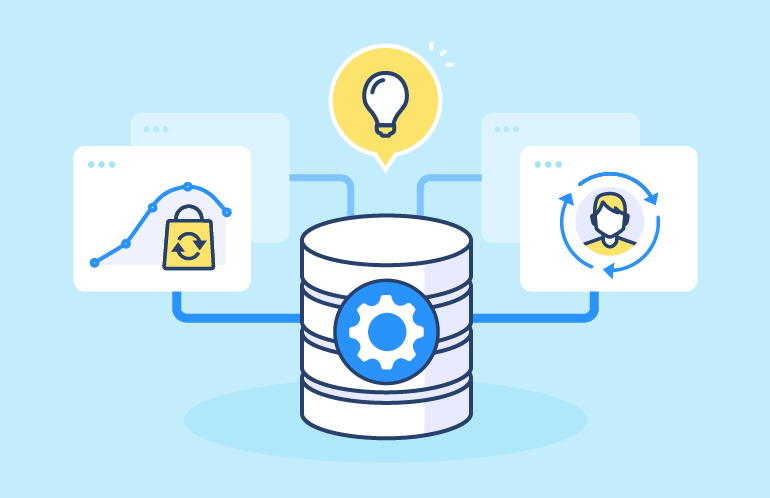CRM 2024: reinventing customer-centricity


Category: Data
The expectations of consumers and target customers are becoming increasingly precise in terms of the communications they wish to receive. They expect to be the subject of ultra-personalized communications, and to be able to identify with the (values of the) brands they shop with.
So it's only natural that CRM teams have revised their objectives for the new year. Indeed, beyond the fact that their number 1 objective remains to generate more revenue (44% of respondents), the desire toincrease the Lifetime Value of their customers and propose a " Customer-Centric " marketing strategy top the list of objectives mentioned by the CRM managers questioned in our survey published this month.
And one solution seems to be the answer: the combination of a Customer Data Platform (CDP) with its marketing automation tool.
In this article, we look back at two of the main objectives identified for this year, and the implementation of a data strategy and CDP.
One of CRM managers' favorite playgrounds: their existing customer base. It's a well-known fact that recruiting new customers - often handled by acquisition teams - is a more costly marketing action than retaining existing customers.
That's why 24% of respondents to our survey stressed that, this year, they want to focus onincreasing their customers'Lifetime Value. And when we talk about Lifetime Value, we mean building customer loyalty by focusing on their frequency of purchase and their tendency to re-purchase.
Loyalizing your customer base is a long-term process, which in most cases runs counter to short-term revenue generation (as opposed to acquiring new customers, who can be reached almost immediately). Over time, however, human effort and financial investment are rewarded, since customer loyalty enables long-term revenue generation via an identified customer base.
" Identified customers " is indeed the most crucial point for increasing Lifetime Value. A point that CRM teams are still struggling with today. On the one hand, customer data needs to be consistent and clean, and on the other, performance monitoring needs to focus more on KPIs relating to the customer lifecycle (re-purchase rates, purchase frequency, churn...), and not just on marketing campaign KPIs (open rates, click rates...). At present, according to our survey, 67% of respondents feel that they don't have the right tools for the job.
Having a " Customer-Centric" marketing strategy and plan is an approach that puts the customer at the heart of the brand's approach, and focuses on customer satisfaction. This approach recognizes the inestimable value of customers to a brand, and aims to create positive, personalized experiences for them at every point of contact with the brand. According to our survey, almost a quarter (23%) would like to rethink their strategy to make it more " customer-centric".
One of the keys to implementing a " Customer-Centric" CRM strategy is a thorough understanding of customer needs and preferences. Personalizing communications and offers is also an important part of this approach. In fact, 32% of CRM managers imagine that AI could have an impact on the personalization of their communications.
What these characteristics have in common is theaccessibility and in-depth use of customer data. As with the objective of increasing Lifetime Value, the issue of data is once again on the agenda, and is one of the challenges raised by the respondents to our survey.
Whatever CRM managers want to achieve this year, customer data is at the heart of the debate! In fact, almost half of them deplore the fact that they do not have unified access to their customer data (48% according to our survey), and 83% of them say that their CRM strategy would be different if they had the opportunity to do so.
Today, there are a multitude of sources for collecting customer data (sales clerks, newsletter or loyalty program registrations, e-commerce site with first-party cookies...), but above all, there are more and more channels through which this data can be used. In our CRM 2024 report, we mapped the different channels used by CRM and marketing teams:
This multitude of sources and channels means that CRM teams have to manage huge volumes of data. Data is the new centerpiece of Marketing Automation. And by extension, the use of a Customer Data Platform must become the new standard in CRM.
At Splio, we're convinced that combining a CDP with your Marketing Automation tool will help you optimize your CRM strategy. Personalization, productivity, performance... a CDP will enable CRM marketers to centralize their customer data (from all sources), constantly enrich it and even analyze it. This in-depth customer relationship management will enable them to offer ultra-personalized communications, based on each individual's data, and build loyalty with existing customers to increase sales over the long term.
Contents